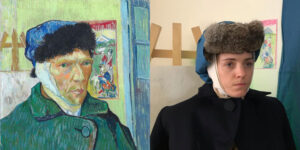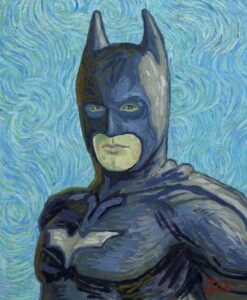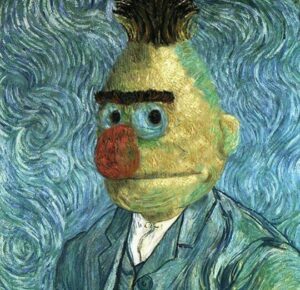Since March of the current year, people have been forced to isolate themselves from each other due to the coronavirus pandemic. During this tough period, many try to maintain communication with the outside world through social networks. People created many different challenges while staying at home in order to entertain themselves and others. I would like to mention about “self-portrait” challenge. The idea is to choose any famous artwork and recreate the picture using improvised objects from home.
These works are a kind of parody of the original works. First of all, the participants of the challenge tried to convey the main details of the portraits, introducing a little of their own elements into them. However, if you look at these parodies without the original picture, we see a regular photo portrait. For example, look at the portrait of a young woman who was trying to reproduce a self-portrait of Van Gogh. This portrait alone does not catch our attention, but if you see the original self-portrait of Van Gogh and a parody of this picture in one place, you can see some similarities between these images. Turning to the video of John Berger in Episode #1 “Ways of Seeing”, I agree that this is a kind of manipulation of our vision, putting the original artwork and reproductions together. Due to this, they interact and reflects with each other. 





After spending some time on the Internet, I was also attracted by a selection of amusing parodies of another Van Gogh self-portrait painted in September 1889. As the Berger said, through artwork we can see, feel and hear the spirit of the time in which this work was created. Of course, these meme images are also changed in such a way as to convey the spirit of the times. At the same time, looking at these pictures, I understand that only the content of the picture has been changed, but the essence remains the same. Namely, this is a static portrait of a person, reflecting the experienced emotions of the artist when creating this work.



Very interesting post!